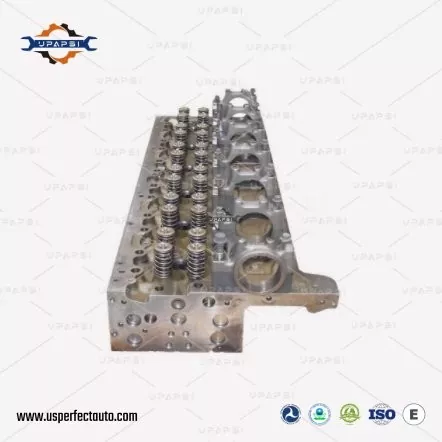What Is a Cylinder Head and Why Is It Crucial to Your Engine?
2025-06-25
When it comes to internal combustion engines, many components work together to ensure smooth and efficient performance. Among them, the cylinder head plays a vital role. Though often overlooked by non-mechanics, it’s one of the most critical parts of an engine's operation. But what exactly is a cylinder head, and what does it do?
What Is a Cylinder Head?
The cylinder head sits atop the engine block, sealing the top of the combustion chamber. It houses key components such as the intake and exhaust valves, spark plugs (or fuel injectors in diesel engines), and sometimes the camshaft. Its function is to manage the air-fuel mixture, contain combustion pressure, and facilitate exhaust expulsion.

Key Functions of the Cylinder Head
Seals the combustion chamber: Ensures proper compression and power output.
Manages airflow: Controls how air and fuel enter the engine and how exhaust exits.
Supports the valvetrain: In many engines, the camshaft and rocker arms are mounted on the head.
Controls cooling: Contains passages for coolant to help regulate engine temperature.
Materials Used
Aluminum alloy: Lightweight and excellent at heat dissipation; common in modern vehicles.
Cast iron: Stronger and more durable; often found in heavy-duty or older engines.
Why the Cylinder Head Matters
If the cylinder head fails or cracks, engine performance drops sharply. Issues like loss of compression, overheating, or oil contamination can occur, often leading to costly repairs. A well-designed and well-maintained cylinder head ensures better fuel economy, smooth engine operation, and reduced emissions.
Conclusion
The cylinder head may not be visible under the hood, but its role is central to engine health and performance. Whether you're a car owner, mechanic, or automotive buyer, understanding its function can help you appreciate the engine as a highly tuned system—and avoid costly issues down the road.